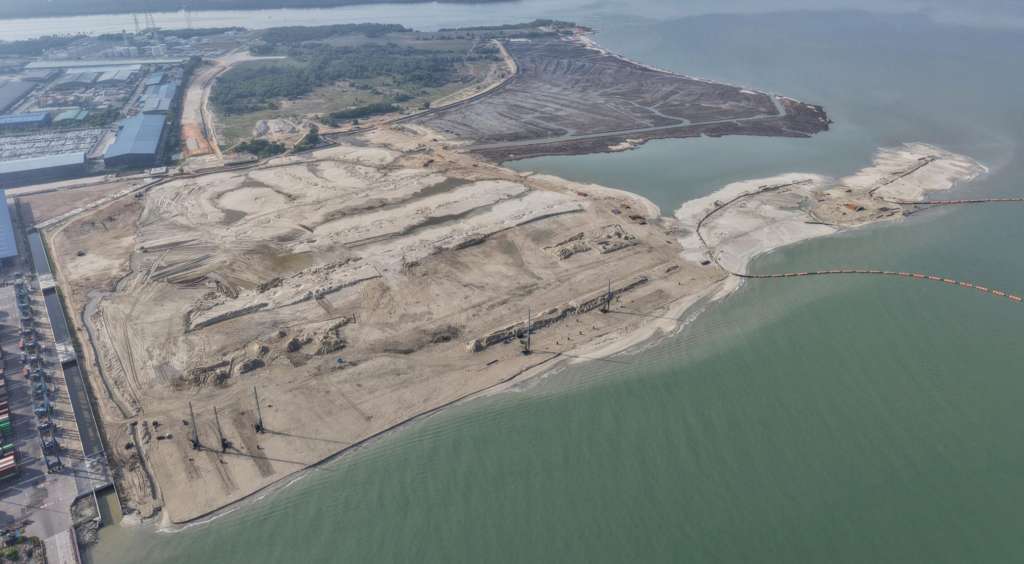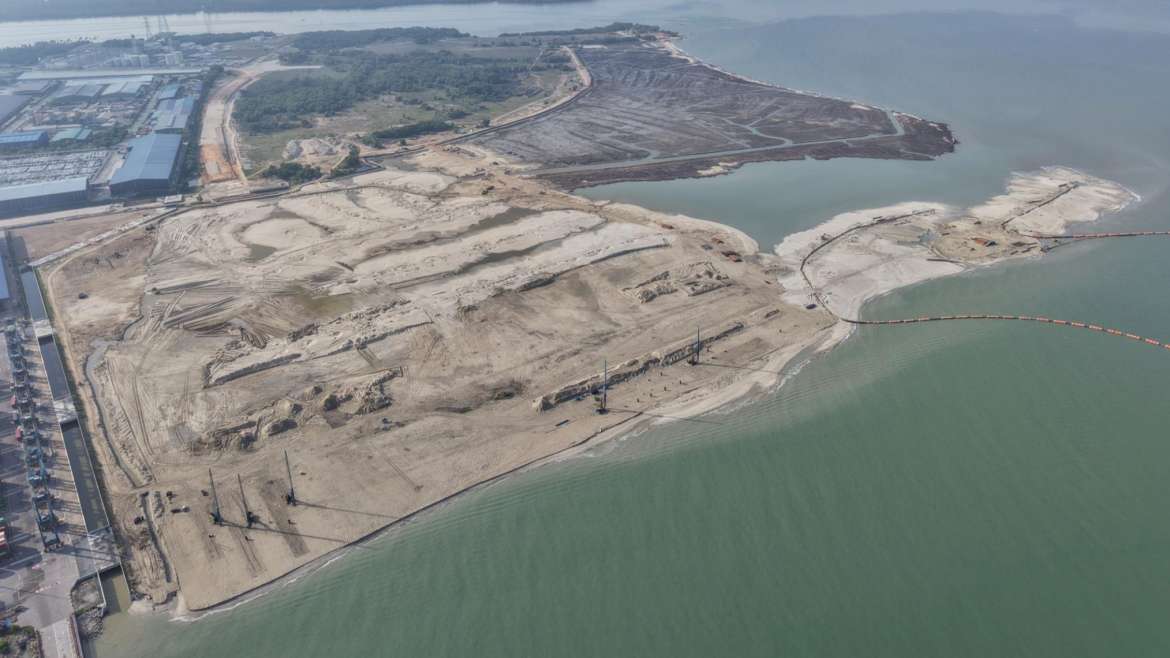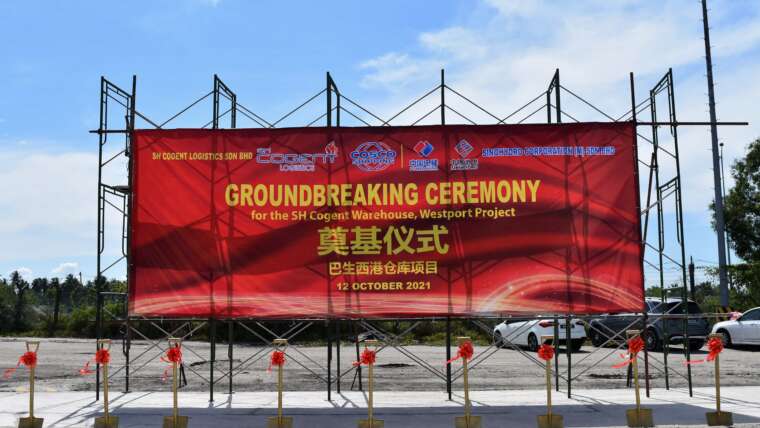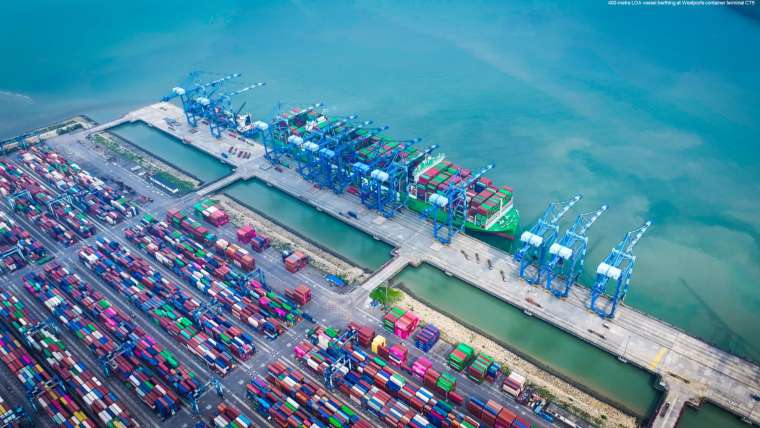
Petaling Jaya, 9th May 2025
Westports Holdings Berhad (“Westports” or the “Company”) has announced its financial results for the 1st Quarter of 2025. The Company achieved a total revenue of RM621 million as Westports handled a container volume of 2.69 million TEUs. The intra-Asia regional trade underpinned Westports’ container volume, as the trade lane accounted for 63% of the volume handled. The Conventional segment handled and facilitated a throughput of 2.95 million metric tonnes of bulk cargo, with a notable increase in liquid bulk activities such as palm oil-related products, liquefied petroleum gas and bunker. The Company maintains round-the-clock operations with a total staff strength of 5,600. The operational workforce cost, the largest cost component, increased by 7%, as Westports continued to pay more than the latest minimum wage rate of RM1,700 per month that came into effect from 1st February 2025. Westports uses unsubsidised diesel for its terminal operations, and fuel cost saw the largest percentage decline as the Company benefited from lower international oil prices. Westports has increased its payments to the port authority under the extended supplemental privatisation agreement, which commenced on 1st September 2024. The cash flows statement reflected higher service concession-related obligations such as amortisation, finance costs and lease being paid for port infrastructure and facilities. At the bottom line, the Company reported a Profit After Tax of RM222 million for the 1st Quarter of 2025.
Datuk Ruben Emir Gnanalingam, the Executive Chairman of Westports, opined, “The tariff rates among some key trading nations have pivoted upwards. The interim uncertainties and adjustments may pause containerised trade growth, but a new equilibrium, Asia’s economic dynamism and Malaysia’s commitment towards multilateral trade will reestablish a new baseline for sustained future long-term growth. Therefore, the container terminal expansion at WP2 will continue towards completion by 2028 as we anticipate higher demand for terminal handling facilities by the time we commission CT10 into service.”



